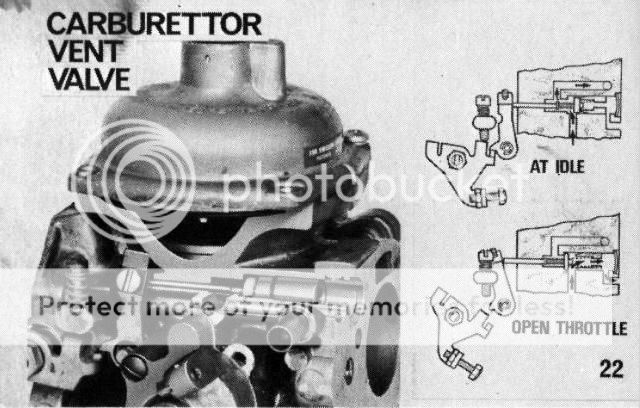Any ideas why the first three cylinders draft significantly less than the rear three cylinders. Stromberg Carbs have been rebuilt, mixture needles are even but the rear carb I have to adjust to zero draft to balance with the forward carb that has to be significantly increased. Currently the idle is stable but this is obviously not right. The Vacuum Gauge indication is in the green and the timing is correct. These carburetors are very old and may not be rebuild-able.
Frustrating!
Frustrating!

 Hi Guest!
Hi Guest!

 smilie in place of the real @
smilie in place of the real @
 Pretty Please - add it to our Events forum(s) and add to the calendar! >>
Pretty Please - add it to our Events forum(s) and add to the calendar! >> 
